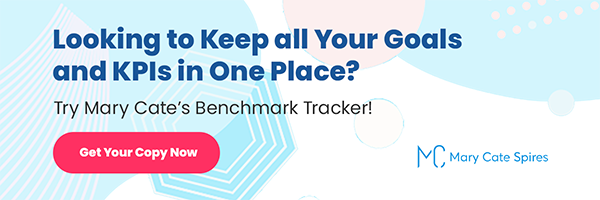When it comes to good marketing, it is important that we track the quality of leads we are sending to sales.
Typically, this stops at sales-qualified leads. A sales qualified lead is a lead that meets your requirements for a potential customer and has raised their hand to talk to sales. At this point, the lead is usually handed off to sales and marketing never thinks about them again.
To improve the efficiency and effectiveness of your marketing efforts, I encourage you to take it one step further. And that extra step is opportunities.
Let's look into the difference between these two lifecycle stages and why it is important you are tracking both.
Sales Qualified Leads
As I said above, a sales qualified lead is a lead that meets your requirements of a potential customer and raises their hands to talk to sales.
Tracking and automating around sales qualified leads is very important for a few reasons:
- It helps not waste your sales team's time with leads who are not ready to talk to them and helps them prioritize the higher quality leads that are expecting a phone call.
- It helps you know if you are driving qualified leads to your sales team.
- It helps with your lead nurturing processes to know when to stop marketing to the lead and hand them off to sales.
If you are just sending all leads to your sales team - you might not have a great relationship with them. This is where things can get tense between sales and marketing.
It is important to work together to define a sales-qualified lead and what should happen to that lead when they are handed off to sales.
This collaboration will make for a better work environment and help everyone know they are all working towards a common goal - more revenue!
But, once you have developed this process - don't stop there. Now, start looking at how you can track and define opportunities.
Opportunities
I define an opportunity as a qualified sales qualified lead. That may sound redundant, but in 2020, I learned why it is not redundant at all.
During COVID-19, I had a senior living client that was very eager to get more leads. I was getting calls every day asking what else we could be doing - and giving me their opinions on how we could get more leads (yes, billboards were discussed). I was incredibly overwhelmed and didn't know what to do. So, I went to the data.
After two weeks of spreadsheets, I realized that we didn't need more leads; we needed more qualified leads.
But, I am driving sales qualified leads, isn't that sales' problem? NO!
Think about it, if someone fills out a form to reach out to sales and fits your target requirements, then they become a qualified lead. But automation can only know so much. What if they don't have the budget or completely go dark on the salesperson? This is important information for marketing to know - we, of course, want to stop sending those types of leads and keep sending the ones that are engaging with sales.
This was when I realized the importance of tracking opportunities - particularly by the original source. You need to know what sources are driving your qualified leads. When you do, you will know where to invest more of your time, energy, and resources.
Work smarter, not harder, when it comes to making marketing decisions. Determine what an opportunity looks like to both sales and marketing - and start tracking it. Marketing can have an influence on the quality of leads going to sales.
Topics: Data & Analytics


